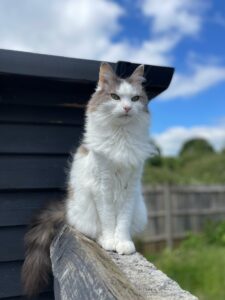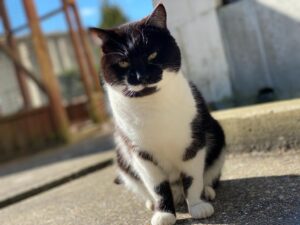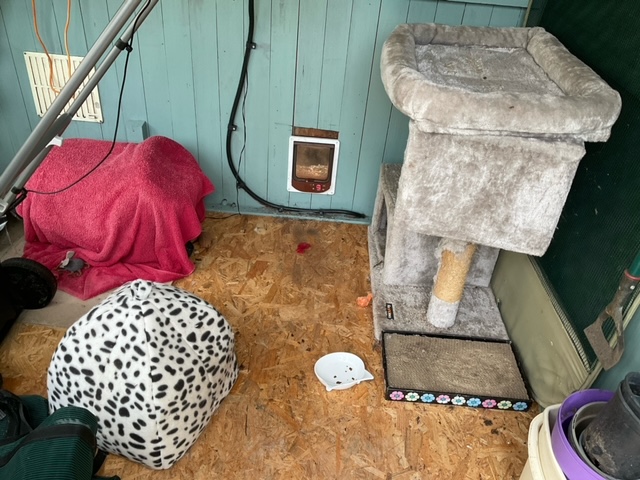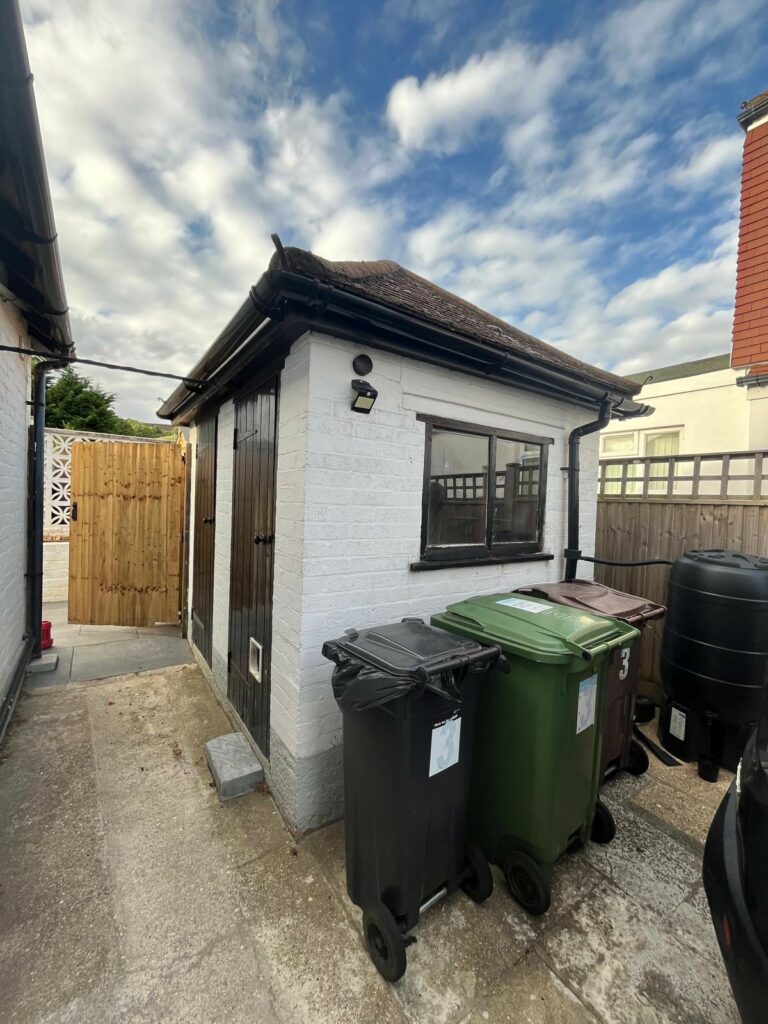What is an Alternative Home?
An alternative home is a safe outbuilding away from people such as a summer house, shed, stable or barn. Here, the cat should be able to access all resources such as food and water with ease and be sheltered from harsh weather conditions. Rural homes offer freedom and the opportunity to perform instinctive behaviours in a natural setting.

Which cats are looking for Alternative Homes?
Cats looking for alternative homes may have had little or no positive interaction with people in their lifetime. This means they will more than likely feel content and safe in their own space outside of the family home; rather than confined in it.
There is a broad spectrum of cats that may prefer to live in an alternative home. From feral cats that have never been socialised with people, street cats that are used to being fed and cared for from distance, long term strays and cats that have come from a multi cat household. These may have built a trusting relationship with people to some degree.
Assessing why a cat would prefer an Alternative Home.
Cats already adapted to an outdoor lifestyle or from a multicat household are likely to flourish with a safe amount of space away from people. Cats will feel content, providing they can access resources with ease such as warmth and shelter, food and water.

Looking after cats living in an Alternative Home.
Suitable applicants will:
- have a weatherproofed outbuilding with insulation or additional warmth in the way of blankets, straw or shredded paper.
- offer somewhere free from hazards such as chemicals, other animals like dogs which are loose or cats that may be territorial, busy roads or machinery.
- visit frequently to feed and offer fresh water, check the environment and the health of the cat, whilst causing minimal disruption.
- be prepared to register the cat at your local vet and seek veterinary help if the cat becomes unwell or injured.
- understand that the cat’s behaviour may change as they are given the space and freedom to control their proximity.
Behaviour support will be on hand in the way of post adoption telephone consultations.


The environment will:
- need a secure door to ensure the cat can stay inside for between 2 and 6 weeks depending on the individual and weather conditions. This will enable them to learn where the source of food is. A double door system or two entry/ exit points would be desirable but not essential.
- ideally have shelving or height offering sleeping and resting areas to provide a feeling of safety.
- have food and fresh water delivered daily.
- have extra warmth in the way of bedding to be given if needed.
- have duplicate resources (some away from the entrance point) such as litter trays with deep substrate, water/ food bowls, sleeping areas and hidey holes such as carriers giving options to avoid moments of potential conflict.
- flea and worm treatment is to be given in line with your vet’s advice.
Join our Rural and Outdoor Cat Database.
We may not be in contact immediately if you have not applied for a specific Rural and Outdoor Cat. We will hold your details on our database and be in contact if a suitable individual becomes available.


